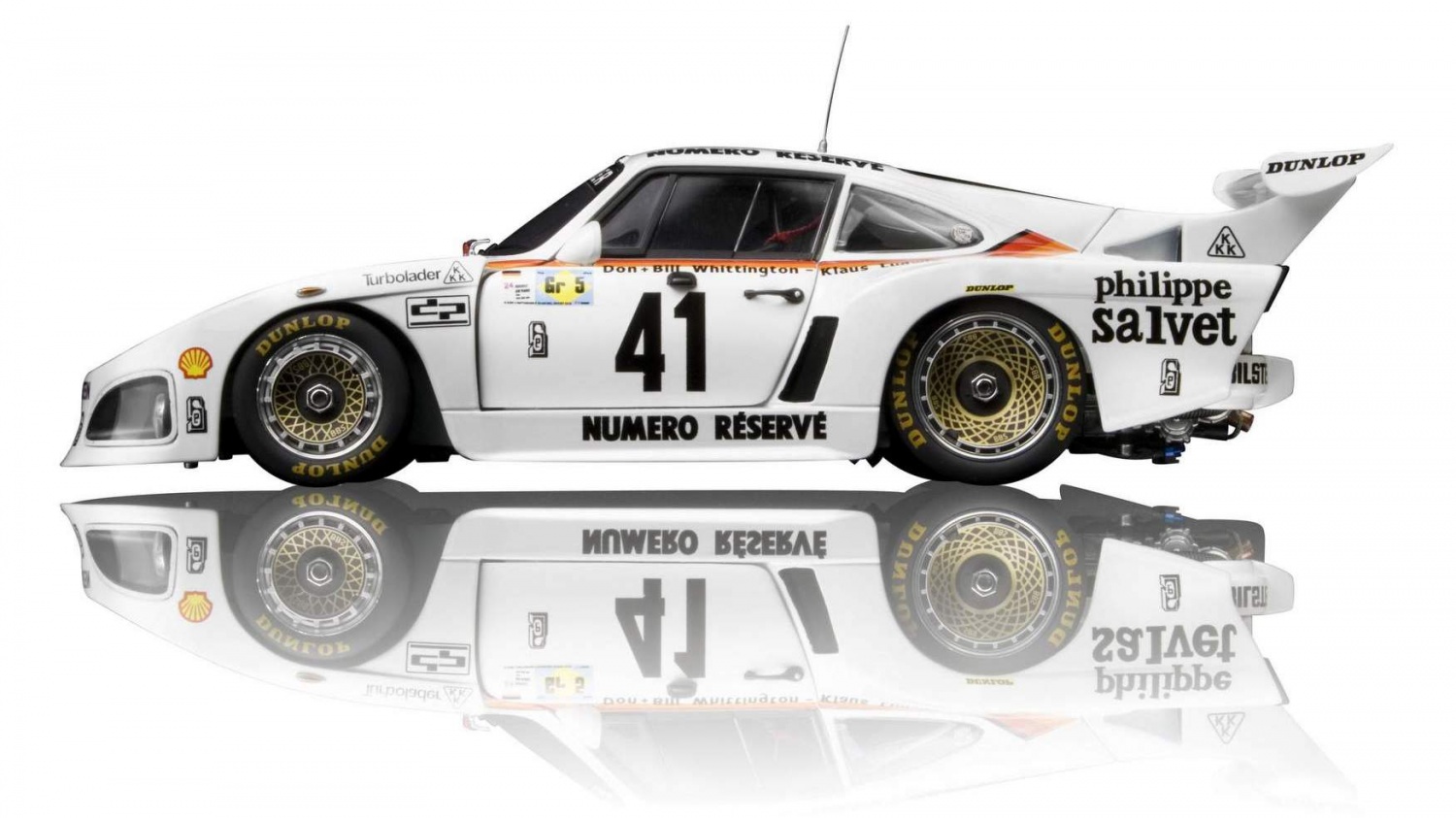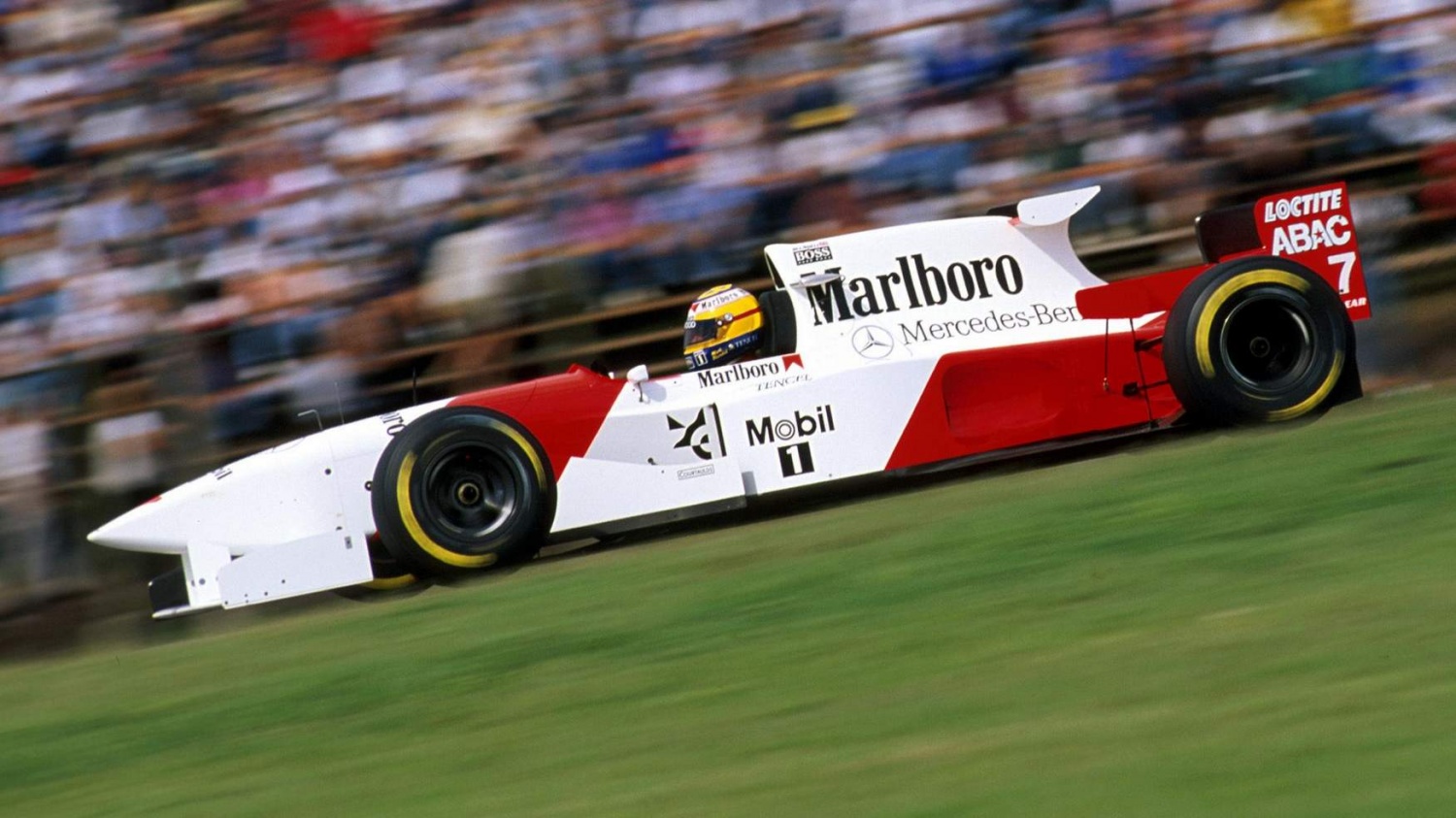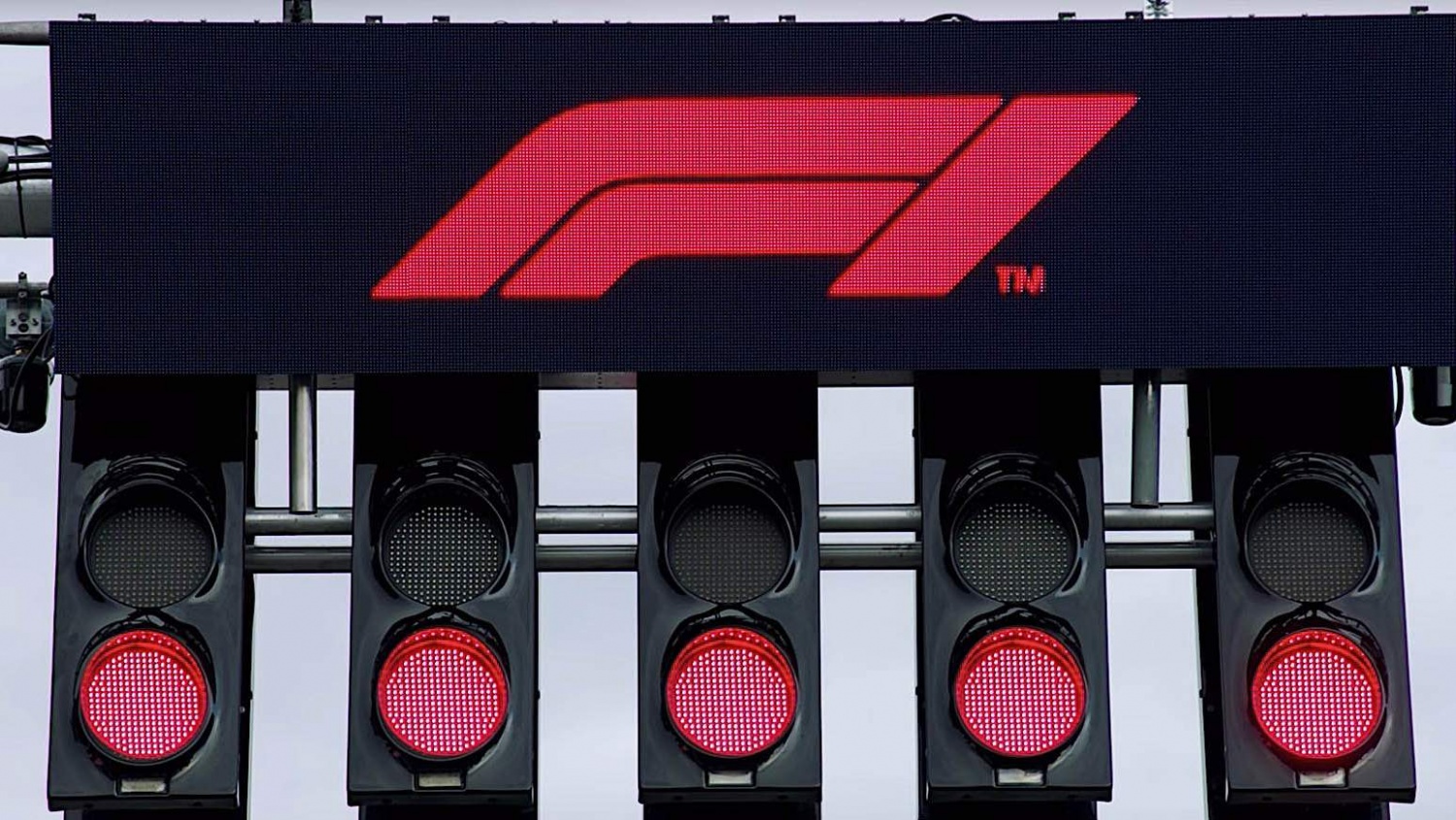
Kremer Racing's epic victory at the 1979 Le Mans 24-Hours
Read More
Mark Blundell calls time on impressive career in motorsport
Read More




Stefan Bellof was a racing driver defined by his fearless and valiant turn of speed. Bellof had victory at the forefront of his mind with little to nothing able to deter his determination to succeed in the sport he loved so dearly.
Bellof had the unanswerable level of talent that separates the best of aspiring junior drivers from the great ones. Bellof was born on November 20th, 1957 in West Germany where he and his brother Georg raced karts at their local track.
In 1980, Bellof promoted himself to a drive in the German Formula Ford championship while dovetailing a karting championship challenge. Bellof utterly dominated both championships to comfortably claim a national Formula Ford and Karting title. His success in Formula Ford opened a window of opportunity for Bellof to commit to racing full time across Europe.
Backed by BMW after an impressive F2 test, Bellof committed Maurer Motorsports for his final step before a promotion to Formula One. His talent was already undeniably sublime, and Bellof would stay true to form and win his very first F2 race at a wet Silverstone by 21seconds after qualifying ninth. Bellof would repeat this feat at the German Grand Prix a round later.
In 1983, Bellof made the mature decision to stay in Formula Two to develop a better understanding of open-wheelers. Yet, the same year, Bellof joined the Rothmans backed Porsche team to pilot the dominant 956.
Operating an IndyCar spec 2.6L turbocharged flat 6, producing 635 hp, the 956 would become one of Sports car racing and endurance legends. The beast would be tamed effortlessly by Bellof, especially at the 1983 Nürburgring 1000km endurance race.
Bellof’s pole time of a 6.11.13 was five seconds faster than his nearest rival and the official lap record of the Nordschleife configuration, a record that would stand for 35 years until Timo Bernhard’s 5.19.55 time in 2018 in a hybrid powered 919 Evo.
Martin Brundle once described Stefan as “phenomenally talented and also a little bit crazy,” a distinctive feature of Bellof’s character that was maintained once he partnered Brundle at Tyrrell for the 1984 F1 season.
Ken Tyrrell admired the supererogatory level of determination witnessed within Stefan. Bellof was able to maximise the natural aspirated Ford engine beyond anyone else. The naturally aspirated cars of 1984 were upwards of 150hp down in comparison to their turbo rivals.
After some points-paying finishes in Zolder and Imola, Tyrrell and Bellof targeted Monaco as their best opportunity to challenge the faster turbo cars. The narrow and meandering streets of Monte Carlo suited Tyrrell’s race setup.
However, Bellof only narrowly avoided failing to qualify for the Grand Prix. Qualifying 20th and last, reaping the reward from having his teammate Brundle crash on his qualifying lap with brake dramas.
A heavy rainstorm persisted over Monaco for much of the race, and Bellof remained patient and diligent with the placement of his car to avoid the myriad of accidents occurring ahead of him. By lap 31 Bellof was up to P3 and closing in on Senna and the struggling leader of Alain Prost.
The race was then halted at half race distance, before being suspended entirely thereafter. Thus, in only his sixth Grand Prix start, the German wonder boy had come from last to third in a handful of laps around arguably the most demanding circuit on the entire calendar.
Celebrations and Champagne would quickly become Misery and Mourning for Tyrrell, however. The FIA would deem their 1984 car illegal on the basis that they suspected Tyrrell were operating lead ballasts within their fuel tanks. Both Brundle and Bellof were stripped of all their championship points indefinitely despite multiple protests.
Tyrrell wisely invested into a running a Renault Turbo for the 1985 season, and their resigning of Bellof gave reason for the paddock to believe that this season would be the beginning of a Bellof dynasty. But unfortunately, even a more competitive engine would not be enough for Ken and his small team to sustain a modest challenge to the title.
On the 1st September 1985, Bellof partnered fellow Formula One driver Thierry Bousten in a Porsche 956B at the Spa 1000km endurance race. The pair qualified third and were set for a competitive race. Upon lap 78 of the race, Bellof attempted a daring move around the outside of Jacky Ickx’s Porsche 962 at the feared Eau Rouge bend.
Bellof collided with Ickx and spun at high speeds into the outside wall. Ickx would hit the barrier backwards before grinding to a halt further along the guardrail towards Raidillon. Bellof would hit the primary wall head-on before coming to a complete stop, tangled in debris, at the secondary catchfence.
The aluminium body frame of Bellof’s Porsche offered aerodynamic and weight redistribution advantages but is a very malleable metal. Thus, Bellof’s car would crumple on top of itself to finally resemble nothing bar a sheet of corrugated iron.
Stefan Bellof passed away due to irrecoverable injuries suffered during his accident. Bellof was pronounced dead at the Spa-Francorchamps Hospital.
A likely Formula One and Sports Car world champion, Stefan Bellof was considered one of Germany’s greatest lost talents.
Michael Schumacher often acknowledges Stefan Bellof as his childhood racing hero.
In honour of that incredible lap record at the Nürburgring set in 1983, a section of the track was renamed in his honour as the Stefan-Bellof-S.
Ken Tyrrell claimed Bellof’s passing as a racing hero denied his days soaked in glory and sun. (Photo: Porsche)